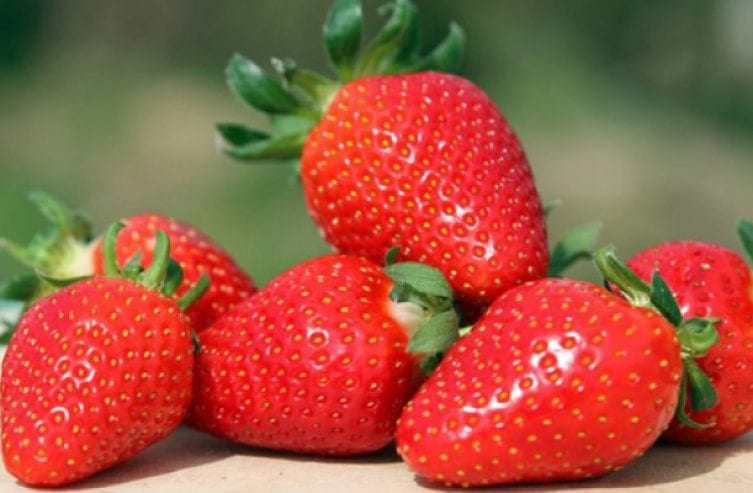
Loved by young and old, it’s one of our favorite fruits: the strawberry. Take a look at what these little beauties have to offer and how best to store them.
Strawberry history
It might surprise you to learn that our ancestors were keen to get hold of a small-fruit variety of the modern strawberry as far back as the Stone Age. Our love affair with strawberries began a long time ago! In classical times, we see that the sweet little fruit remained very close to our hearts, earning the title ‘fruit of the gods’ from Roman poets Ovid, Pliny and Virgil. However, it wasn’t until somewhere between the 14th and 15th centuries that the small-fruit garden strawberry started to be cultivated in England and France, and not until the 17th century that the large-fruit variety was introduced to Europe from Canada. After this lengthy courtship process, and by the middle of the 18th century, the strawberry that we all know and love today finally achieved its well-deserved and widespread popularity.
Storage
Keeping strawberries fresh for longer
It probably goes without saying: the best tasting strawberries are eaten straight after harvesting. Even after just a few hours they begin to lose their flavor. Once harvested, strawberries should be stored in a refrigerator as soon as possible. For the very best results, wash them and lay them out on a tray lined with kitchen roll. In a refrigerator they will keep for just 1-2 days. If you want to enjoy your strawberries for even longer, store them in a Liebherr BioFresh-compartment. They will last you for up to 7 days. Please note: ripened strawberries are very susceptible to damage from physical pressure and moisture, both of which have a detrimental effect on flavor, nutrient content and shape. It is not advisable to keep strawberries for extended periods as a normal matter.
What to consider when freezing
Although frozen strawberries can be safely kept for up to 2 years, their appearance will suffer somewhat during the defrosting process due to their high water content. Strawberries that have been ‘re-awoken’ from the freezer are therefore not ideal for cakes or tarts where their visual appearance is important. They are best used in mousses, cheesecakes and ice cream.
Our tip: Wash the strawberries before freezing but be aware that strawberries do not like cold showers or direct jets of water. The best way to clean your strawberries is in a bowl of water. After rinsing, strawberries should be carefully placed on a tray to dry. Only at this point, should the stalks and leaves be removed or flavor will be lost.
Food Facts
Delicious and healthy
Once the strawberry season kicks in – during May, June and July – many people find it impossible to resist the pull of the strawberry fields, and succumb to the overwhelming urge to pick some fresh and delicious little red temptations for themselves. Apart from their melt-in-the-mouth seductiveness, strawberries are also a real ‘vitamin hit’, with a higher vitamin C content than either lemons or oranges; and they’re also rich in minerals such as calcium, iron and zinc. Furthermore, weighing in at about 32 kcal per 100g, strawberries are very much a low-calorie indulgence that can be enjoyed, and enjoyed some more, without any worry!
Rather unexpectedly perhaps, although strawberries consist of up to 90% water, they still manage to pack quite a punch in terms of flavour. So, the remaining 10% contains the secrets of their powerful punch. It turns out that the more sun the strawberries enjoy during ripening, the greater their content of fruit acids, fructose, and ‘aromatic substances’ i.e. the ‘secret ingredients’ that make them so tasty. Is it really any surprise that the strawberry is so popular?